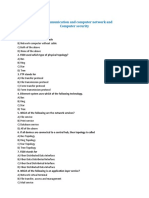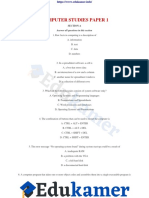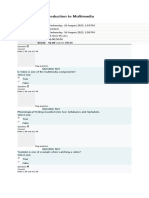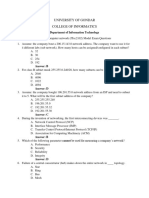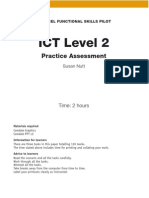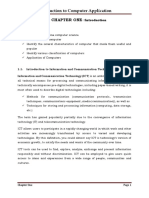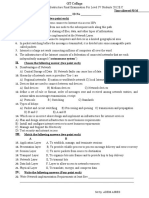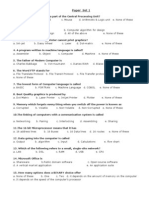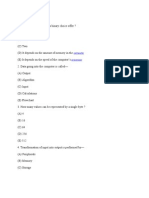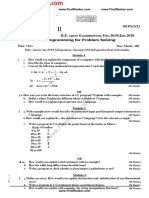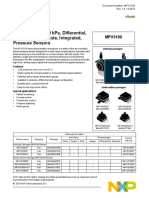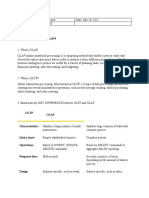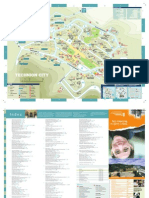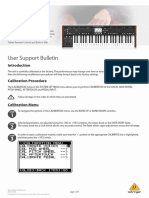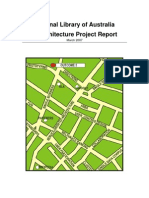67% found this document useful (3 votes)
2K views4 pagesForm Three Technology Questions and Answers
Uploaded by
abdirizak.cxcCopyright
© © All Rights Reserved
We take content rights seriously. If you suspect this is your content, claim it here.
Available Formats
Download as DOCX, PDF, TXT or read online on Scribd
67% found this document useful (3 votes)
2K views4 pagesForm Three Technology Questions and Answers
Uploaded by
abdirizak.cxcCopyright
© © All Rights Reserved
We take content rights seriously. If you suspect this is your content, claim it here.
Available Formats
Download as DOCX, PDF, TXT or read online on Scribd
/ 4








